What is Leaf of Life?
The Leaf of Life is also known as Kalanchoe Pinnata, miracle leaf, Life Plant, Goethe Plant, Mexican Love Plant, Soanzo Leaf and as its scientific name Bryophyllum pinnatum. In the Philippines, it’s called Katakataka. This green, leafy plant is native to Madagascar where it is commonly kept as a houseplant. Although it is native to Madagascar, today it can also be found growing in many tropical areas throughout the Asian and Australian continents as well as many Pacific Islands.
The plant itself can be between 1—2 meters tall and has short, thick stems. Depending on the plant and the area that it grows in, it can possess white, pink, or purple flowers. Typically, the juice produced by the leaves is used for medicinal purposes. Its traditional use as a medicine largely stems from the nation of Trinidad and many of the surrounding islands where it was used to treat hypertension and kidney stones, and research suggests there may be other medicinal uses as well. It is said to have an herbaceous taste.

Kalanchoe Pinnata Benefits and Uses
Kidney Stones
One of the most popular traditional uses for the Leaf of Life is to treat kidney stones. While research has not gotten to the stage of human testing, there are some animal tests that show that the plant may have a positive effect on kidney stones. A study conducted in 2014 showed that rats given a treatment containing plant extracts were less likely to develop kidney stones. Those rats given the treatment had reduced levels of urine oxalates, and those oxalates are typically what causes kidney stones.
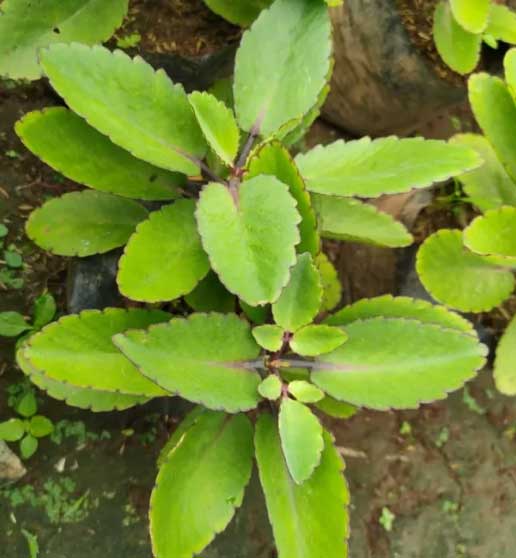
Pregnancy
In recent years, studies have been conducted that show that the Leaf of Life may be beneficial for women who are pregnant. An animal study conducted in 2014 administered different dosages of Bryophyllum pinnatum extracts to pregnant rats. The results showed that the plant extracts interfered with maternal weight gain, and there were no adverse effects on both the mothers and their fetuses. In the same year, a study was also conducted on human subjects. Pregnant women suffering from sleep issues were given 350 mg tablets that were 50% composed of B. pinnatum. At the end of the study, the women reported experiencing fewer wake-ups and an improved quality of sleep. In this study, no adverse effects were reported either.
Sinus
Traditional use commonly dictates that the Leaf of Life be used to treat colds and improve sinus pressure. Although this use has not be scientifically tested yet, many people claim it can treat much more than simple colds and sinusitis. However, an in vitro study conducted in 2007 showed that the plant extract contains compounds that may act as an antimicrobial. This may explain why the Leaf of Life works so well for the treatment of colds and sinus conditions. A simple tea made from the leaves or the extracts from the Leaf of Life can be used to treat bronchitis, shortness of breath, coughs, nasal congestion, and asthma (see section below).
Hair
The Leaf of Life is commonly used to nourish the hair and treat gray hair; however, this has not been tested in a controlled setting yet. Many claim that if you use the extracts from the leaves of the plant, it both prevents grey hair from growing and it may promote a healthy scalp. Although people believe the extracts help with hair care, the mechanisms that make it work are still unknown.

Asthma
Several animal studies have been conducted over the years that support the use of the Leaf of Life as an anti-asthmatic medicine. For example, a study conducted in 2013 treated guinea pigs over a period of 21 days using an extract dosage of either 200 or 400 mg per kg od body weight per day. Over the course of the study, the rodents were exposed to a throat irritant. At the end of the study, the guinea pigs had reduced mucus viscosity, supporting the plant’s use as an anti-asthmatic. In addition to this study, several of the studies that support its use as an antimicrobial agent also suggests that this antimicrobial activity is what makes the plant effective in treating asthma.
Diabetes
In 2008 a study was conducted that suggested that Bryophyllum pinnatum may support anti-diabetic activity. In this study, diabetic rats were given dosages of either 200, 400, or 800 mg per kg body weight per day. All dosages were shown to be effective in lowering blood sugar in the diabetic rats, and the treatment also reduced the levels of triglycerides. Another scientific investigation in 2014 was also conducted on rats which duplicated these results. From these two studies, it appears that the anti-diabetic properties of the Leaf of Life deserve further study as they may significantly benefit people suffering from diabetes.
Skin
As mentioned previously, the Leaf of Life also has anti-microbial compounds that help with the treatment of sinuses and asthma. However, this anti-microbial activity may also benefit the skin and treat minor injuries. In fact, many traditional uses dictate that the plant be used for this purpose. Applying a poultice to injuries helps to ease pain, promote faster healing, and prevent infection. Numerous studies (aside from the two mentioned earlier) also support this notion. For example, a study conducted in 2000 showed that the leaves prevented the growth of 5/8 of the bacteria tested. Another study in 2012 isolated compounds from the plant that are known to have anti-microbial properties, confirming that it may be used to treat infections. More research still needs to be conducted (particularly clinical trials), but these initial pilot studies are very promising.

Leaf of Life Dosage
For most treatments, it is suggested to take between 5-15 mL of leaf extract. However, more severe ailments may require a dosage of up to 30-40 mL. The extract can be mixed with water or honey and ingested. Some people also prefer to use dried leaves to make a tea.
To treat kidney stones, it is traditionally recommended to ingest fresh leaf juice twice a day for fifteen days to expel the stones. This treatment is often combined with other medicinal herbs that are also known to treat kidneys stones.
For topical uses, a paste can be made from the leaves and a little bit of water and applied to the skin.
Leaf of Life Side Effects, Safety, Dangers and Warnings
In most controlled experiments, no adverse effects were reported from the use of the Leaf of Life. However, large amounts of the leaf juice have shown to have adverse effects like intoxication, and thus it may not be great for chronic conditions (like frequent or long-lasting kidney stones). Additionally, long-term use may have an immunity suppressing effect.
Although research shows that it may help pregnant women suffering from sleep disturbances, it is still advised to use caution if you are pregnant or breastfeeding. Consult with a doctor before using.
References:
https://www.ncbi.nlm.nih.gov/pubmed/22314954
https://www.ncbi.nlm.nih.gov/pmc/articles/PMC5382824/
https://www.ncbi.nlm.nih.gov/pmc/articles/PMC3353166/
https://www.ncbi.nlm.nih.gov/pubmed/27220081
https://www.ncbi.nlm.nih.gov/pmc/articles/PMC4538317/
https://academic.oup.com/ajh/article/15/S3/34A/230059
https://www.tandfonline.com/doi/abs/10.1080/10826068.2015.1084515?src=recsys&journalCode=lpbb20
https://scialert.net/fulltextmobile/?doi=pharmacologia.2013.82.88

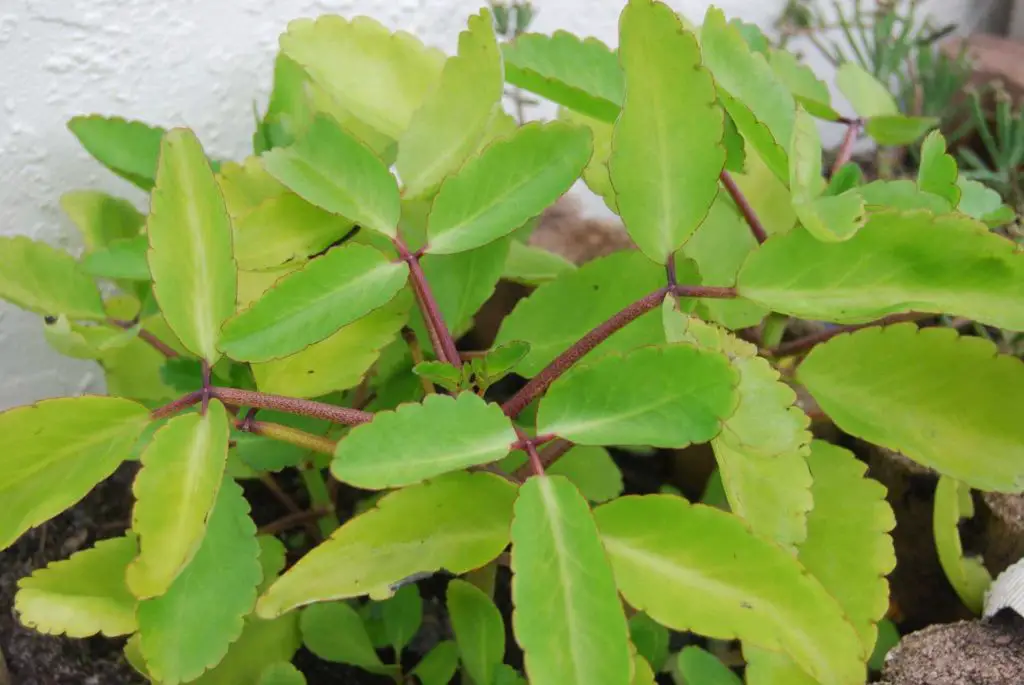
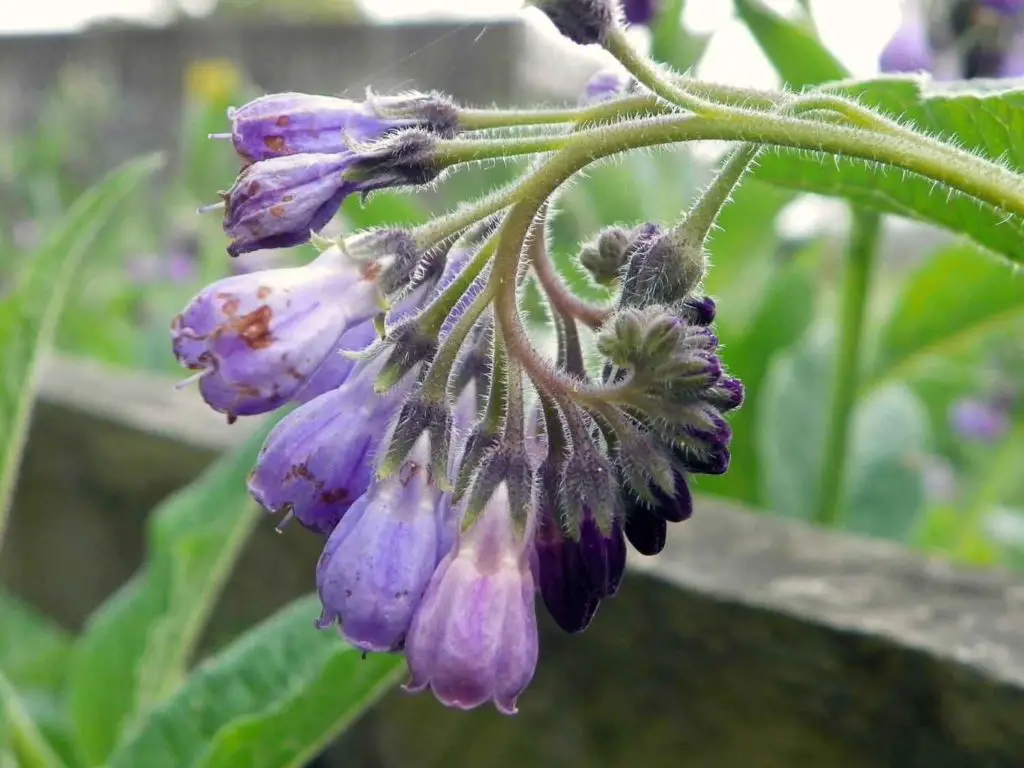
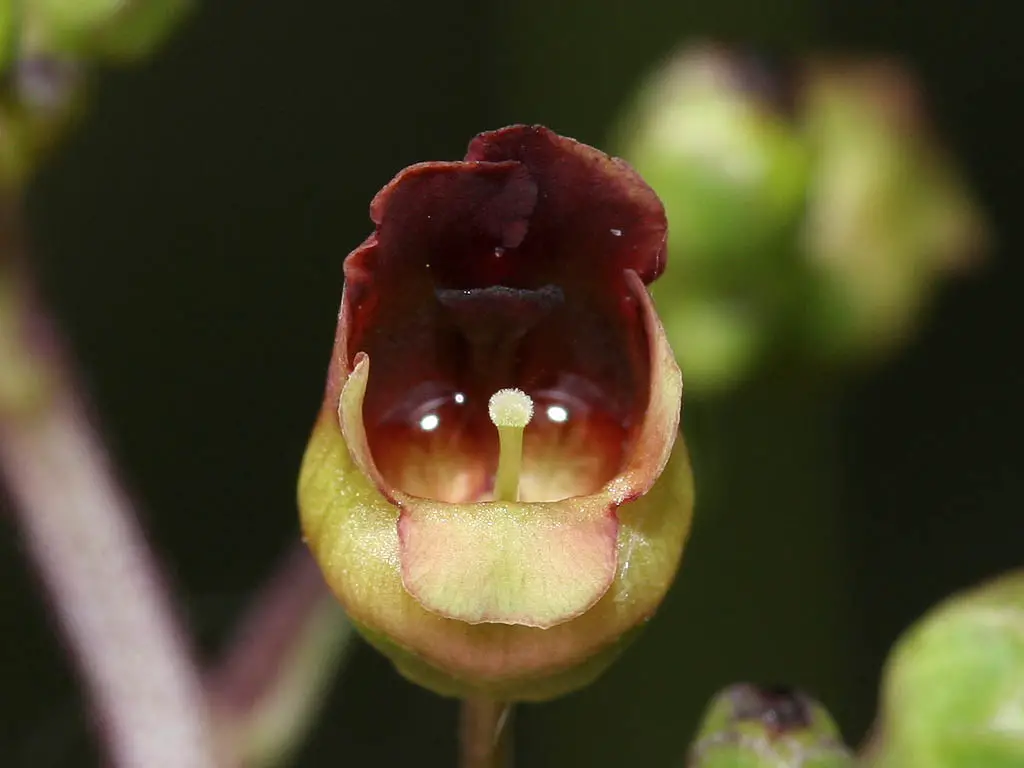
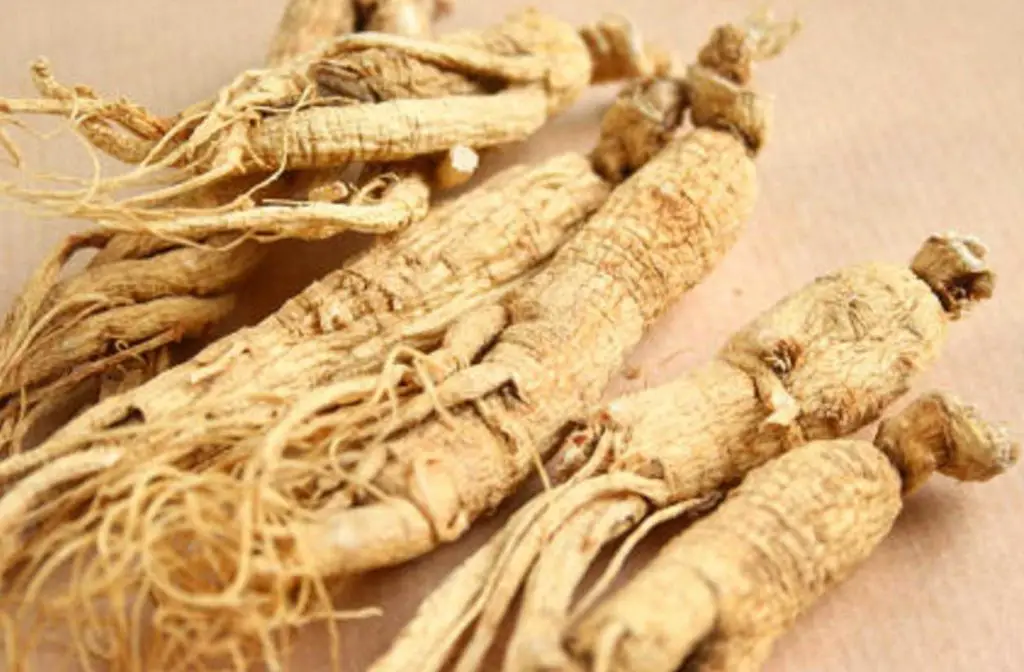
Very useful
Thanks Navvulu!
Comment: Can leaf of life be used for treatment of hypertension? Is it good to chew the leaf raw?
In “Folk Medicine” it was said to treat hypertension, but there is zero clinical data to support that. You can chew the leaf raw but most people prefer it in a tea.
Can this leaf be used to treat sexual weakness?
Hi Sammy,
I havent seen any evidence behind that.
Did it help you with what the Dr diagnosed u with? I know God will not create this earth and leave us like that. He blessed us with natural herbs to help us in time of need. These lab made chemicals are the ones killing people and causing harm than good.
Have you used the leaf or ant part of this plant for any medical issue, with or without healing effect?
I personally have not. I can only let my research speak!
Good morning, can the leaf be used to treat pelptic ulcer?
There has been a study of its effects and contribution to gastric ulcer which you may read more about here. While not conclusive, the study suggests that “B. pinnatum leaf extract could be a new source of raw material rich in phenolic compounds to be applied in food or medicine” Please seek your doctor for medical advice.
I started eating the leaf one everyday for about a month I noticed it helped calm my anxiety and helps me sleep better so I think I will continue with it
I chewed one leaf and some groundnut for a couple of days and since then I have not had any episode of ulcer pain.
Is miracle leàf good for prostate.
Hi Appiah, there has been no research findings about Leaf of Life and Prostrate. However, there is a study that suggest that the extract of K. laciniata may help in prostate cancer. You may research more about it here. Please seek your doctor for medical advice.
Can a breastfeeding mother used this medication?If yes, how is it use?
Hi Regina, we do not advise using it without your doctor’s consent.
Can leaf of life cure epilepsy? If yes
How is it preparation and dosage
Hi Charity, there has been studies on leaf of life as cure of epilepsy in mice. However, please consult your doctor for more information.
For reference, you can also check this article out – https://www.researchgate.net/publication/276349102_Evaluation_of_Anticonvulsant_Potential_of_Bryophyllum_pinnatum_in_Experimental_Animals
Can hepatitis b patient eat the leaf raw?
Hi, The Leaf of Life can be eaten raw or be used as tea. However, please consult your doctor if a Hepatitis B Patient can eat the leaf raw.
Reference:
https://www.academia.edu/43408167/Bryophyllum_Pinnatum_a_Life_Saving_Plant_for_Kidney_Stone
I just brought the leave of life,i want to grind it and extract the liquid,am feeling fine,but i will drink it now,so that i can know exactly how it works in my body.